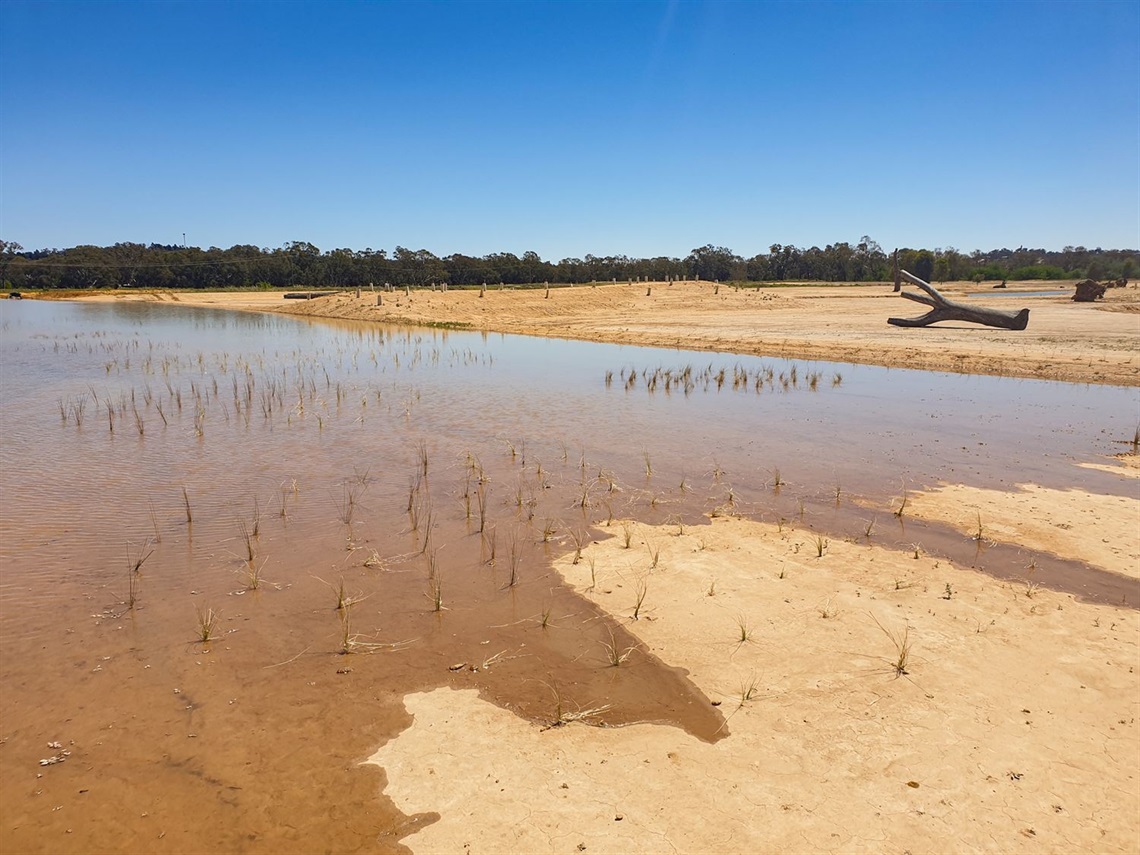
Revegetation efforts have commenced at Parkes Wetlands, with local volunteers, community groups and industry joining forces to plant more than three thousand individual plants across the site.
Parkes Shire Council has facilitated four wetland planting events since earthworks were completed in June. These include National Tree Day in partnership with Central West Lachlan Landcare, a planting day with Parkes Shire Councillors and staff, a Landcare planting event with community volunteers, and a planting session with Northparkes Mines.
Once established, the plantings will transform the site into a vital ecosystem designed to support native and migratory wildlife, including rare species of conservation concern.
Deputy Mayor of Parkes Shire, Cr Marg Applebee, a long-time advocate of the project, said recent volunteer efforts to vegetate the site reflect the extent to which locals are embracing Parkes Wetlands.
"The outstanding efforts are a testament to the strong community spirit across the Parkes Shire. It is great that locals understand the benefits of this project and are motivated to contribute towards positive outcomes," said Cr. Applebee.
Council's recent revegetation activities have focused on planting macrophytes and sedges in the pond to create habitat for species that prefer dense vegetation close to water. Efforts have also been made to link the wetland to the high-quality riparian corridor along Goobang Creek by reestablishing Fuzzy Box community.
Parkes Wetlands was designed by Australian Wetland Consulting to attract a diversity of fauna, including open-water species, waders, insectivorous birds, and birds of prey. The wetland is intended to be ephemeral, receiving flows of recycled water from Parkes' Advanced Water Recycling Facility. The water levels will vary seasonally, and subsequently, assemblages of wildlife will respond to the changing conditions throughout the year.
Since water started flowing into the ponds in August, numerous species have been observed on the site, including various species of ducks, herons, teals, cormorants, terns, swallows, dotterels, ibises, and turtles.
Parkes Shire Councillor Bill Jayet has been delighted at the rapid progress at the site throughout 2023.
"Seeing so many species appear at the site is extremely encouraging. One can only imagine how many more birds will appear once the new vegetation is established and water levels meet full capacity," said Cr. Jayet.
"The site will be a spectacular, vital refuge for wetland species. Parkes Wetlands will help maintain regional networks of freshwater ecosystems that support native fauna to endure the changing climatic conditions".






